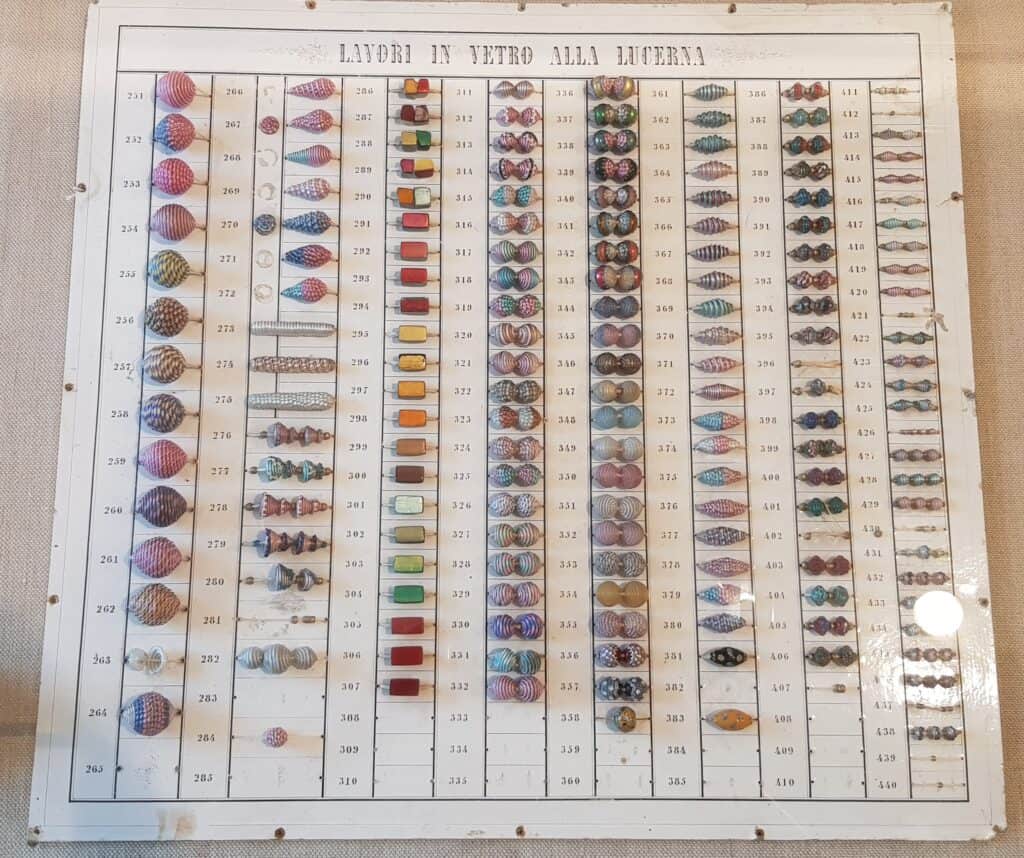Bead work has a millenia old relationship with textile arts. I remember visiting an exhibition in Zurich a few months ago about the Nasca culture (200 a.c. to 650 p.c.) where I saw beautifully stitched textiles with handmade ceramic beads. –
During my third visit to Venice this spring, I learned more about the famous “perle di vetro a lume da Murano”: the Murano glass beads.
Glass making is an ancient handicraft that originated in the Arabic area in the times of the Ancient Greeks. It is said that the Syrians perfected this craft during the following centuries.
So in the late Middle Ages, glass products were in very high demand in Europe. They were a treasured merchandise good. Clever Venetian craftsmen from the isle of Murano decided to try to follow along and started experimenting with glass making themselves. What started with copying Syrian glass making evolved into an experienced and widely recognized craft over the centuries. And with the downfall of the Osmanian Empire, Murano glass definitely conquered the world trade.
Glass is made of silica sand and salt acid. For color, various mineral acids are added.
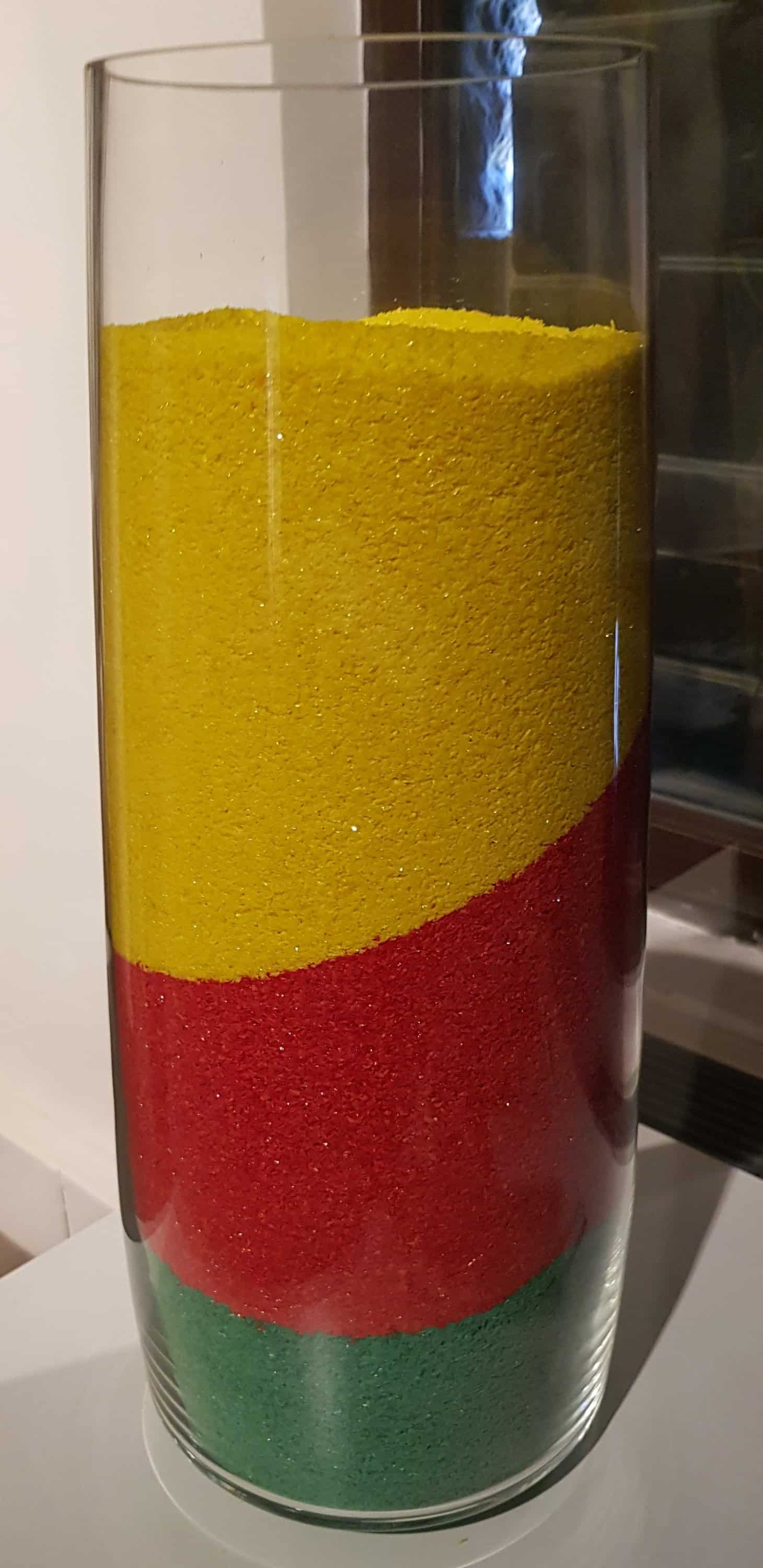
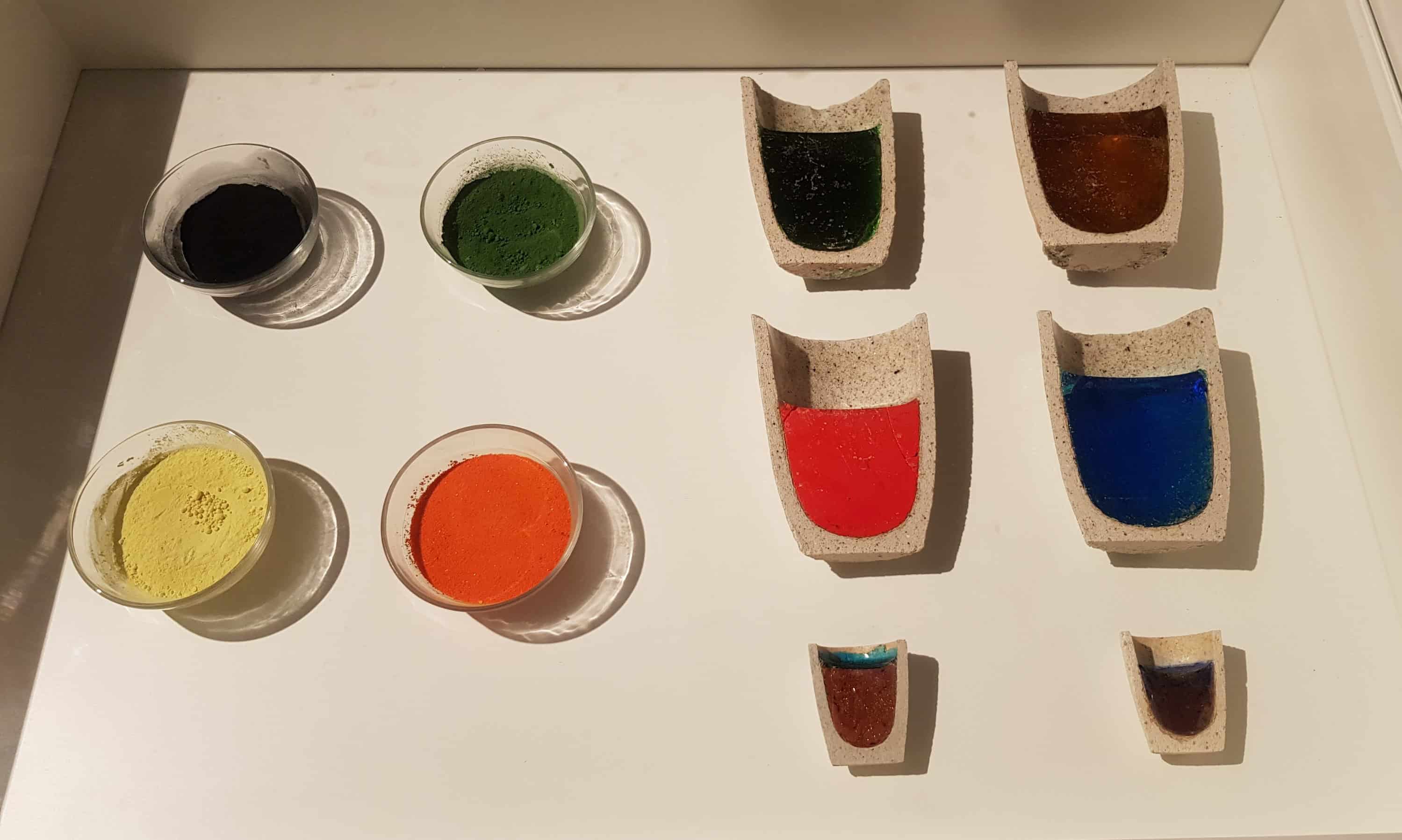
The famous and also for textile arts and crafts often used Murano glass beads are made of colored glass bars, fused into a thicker bar and finally cut into small pieces that are then further processed and molded.
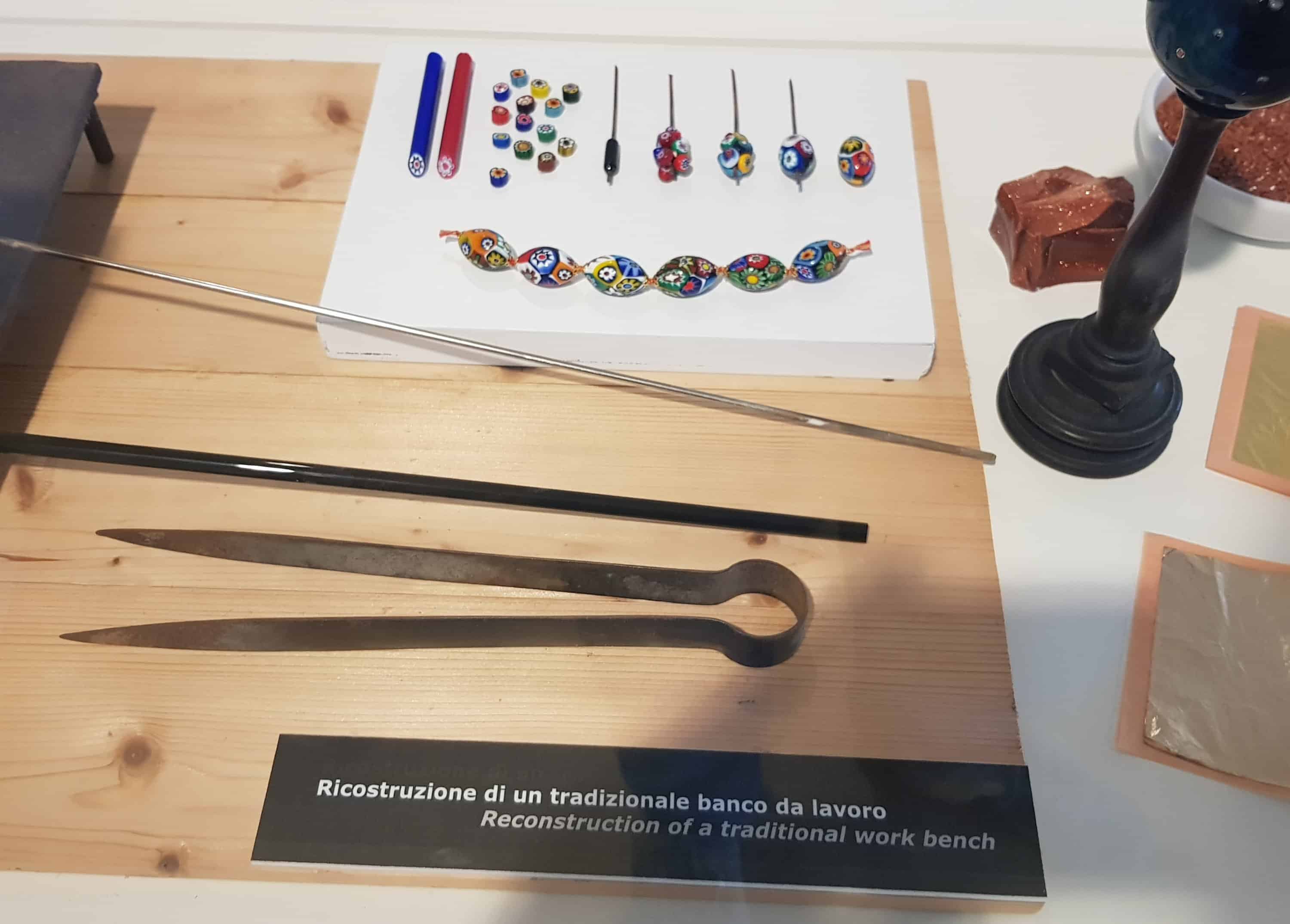
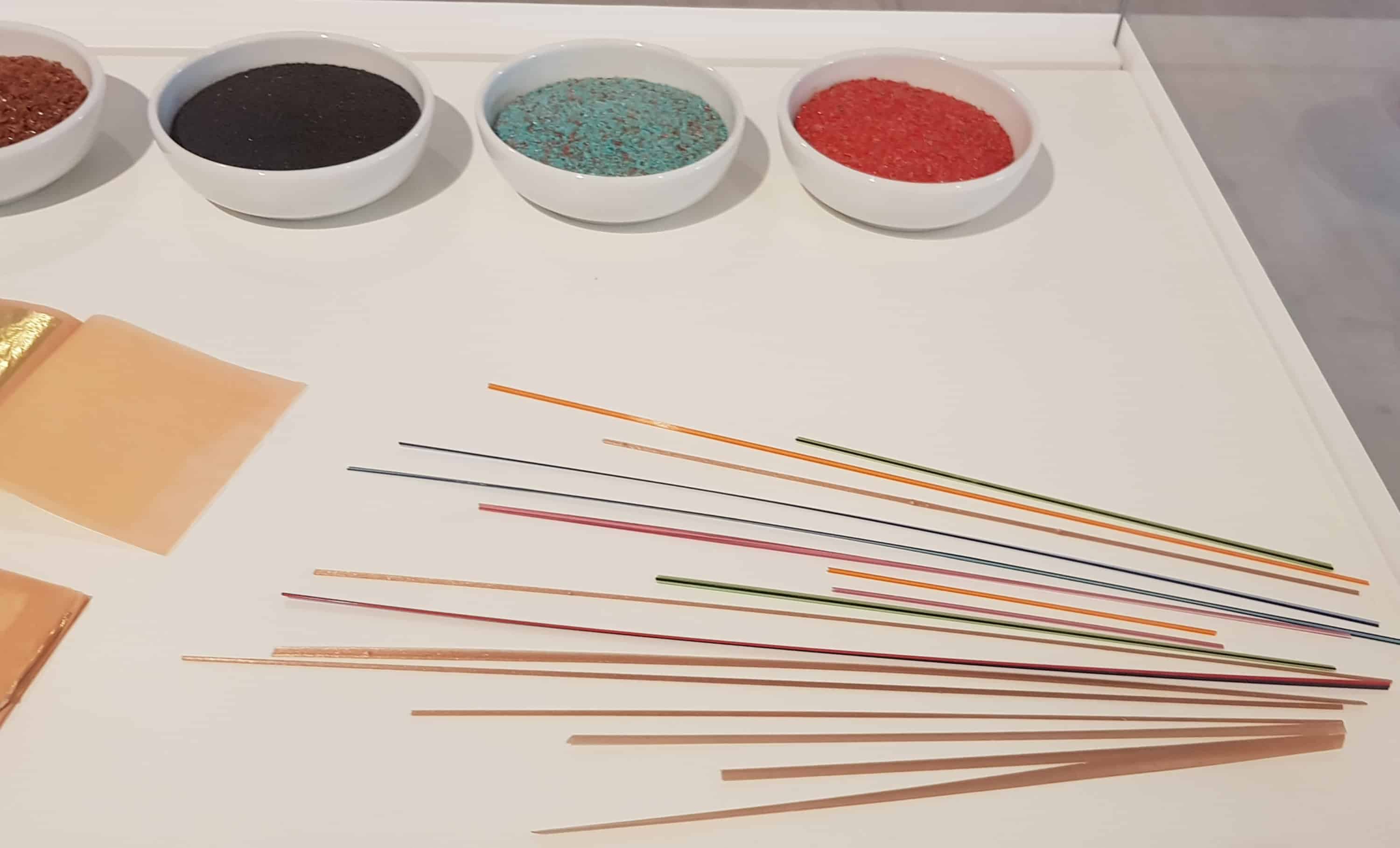
In the local Museo del Vetro (glass museum), old sample cards of glass beads are on display, such as the two below, fabricated by glass artist G. B. Francini 1820-1861:
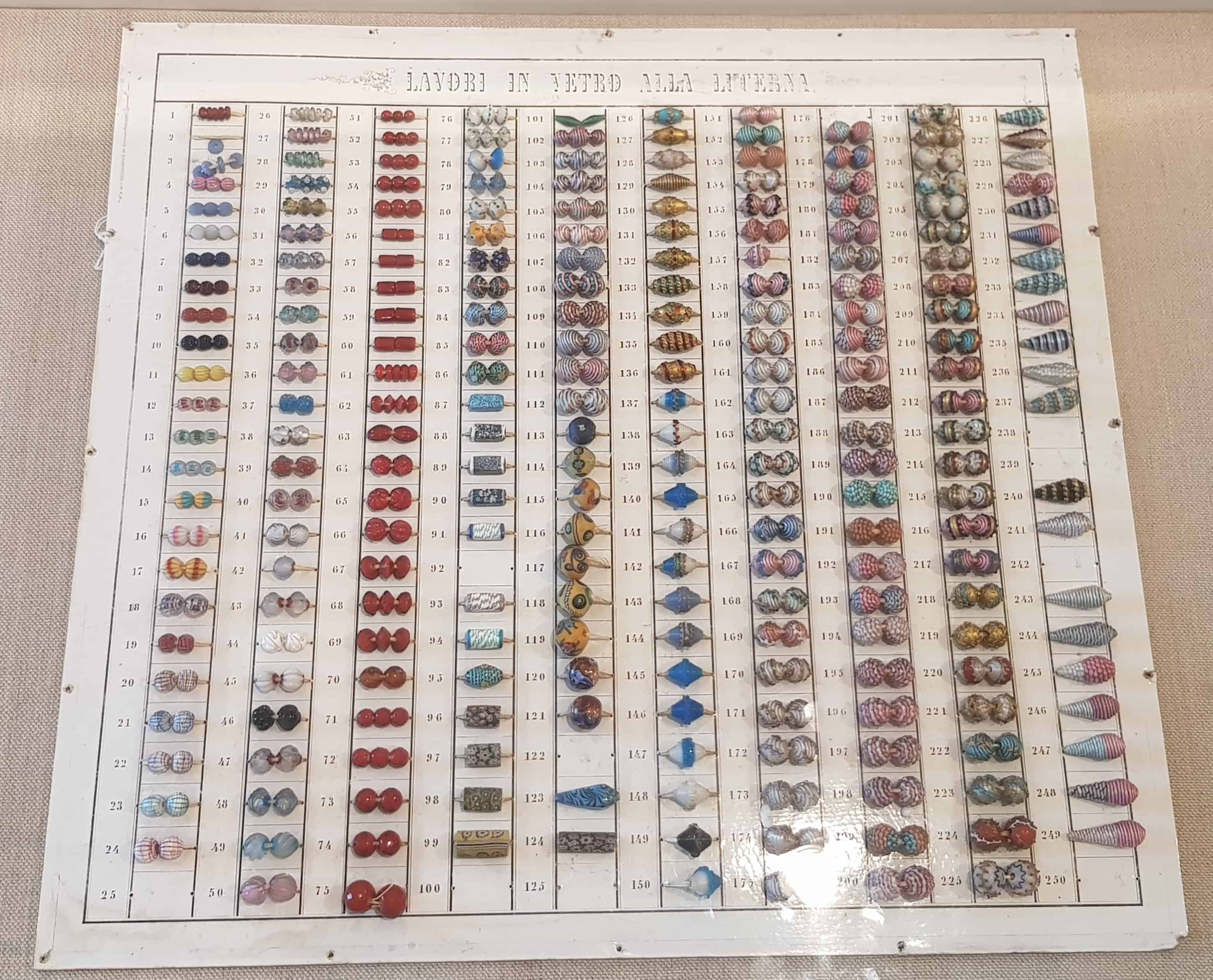
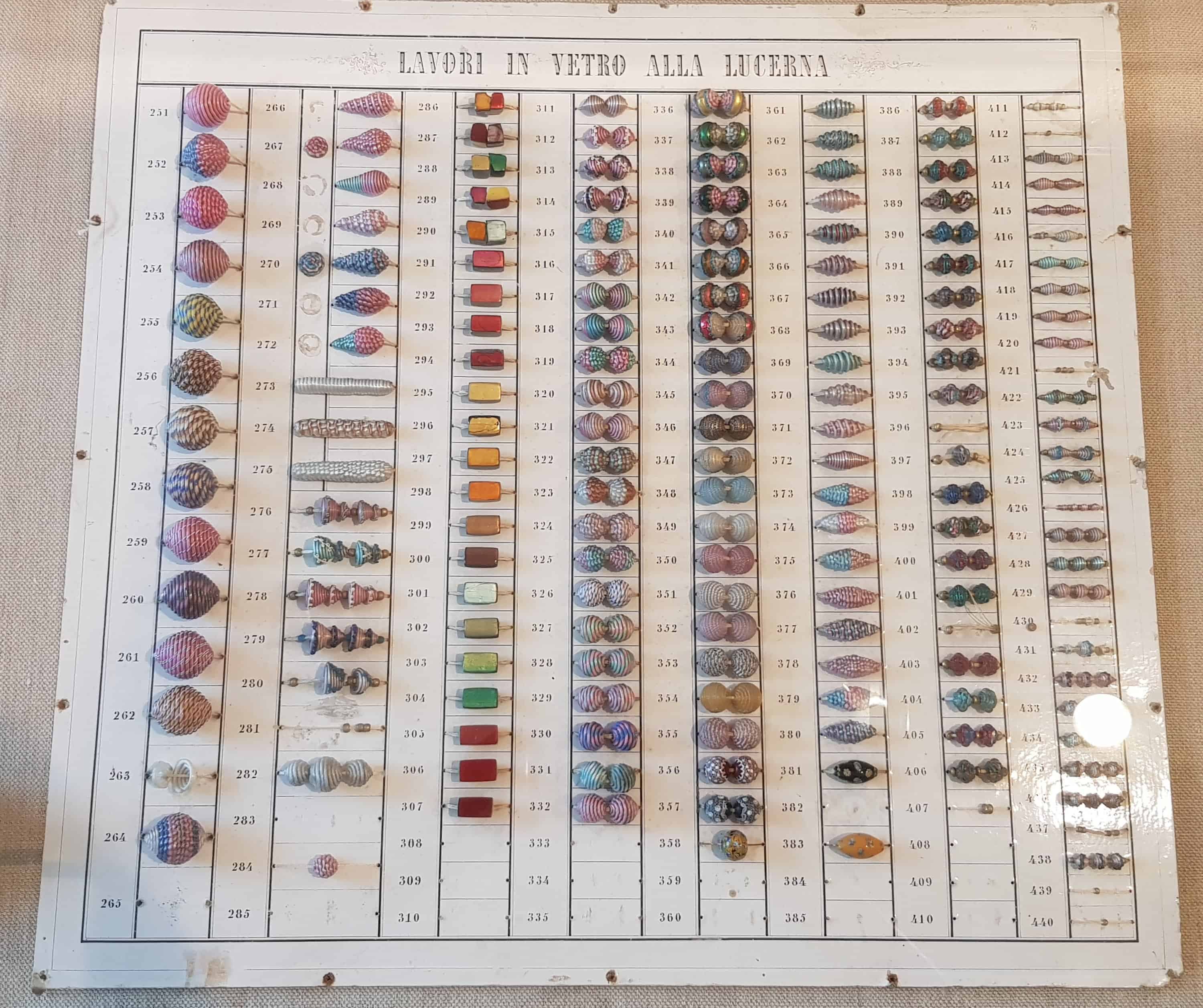
I am totally inspired by this beautiful collection! I love the variegation, don’t you too?
All pictures taken by me in Museo del Vetro in Murano.


